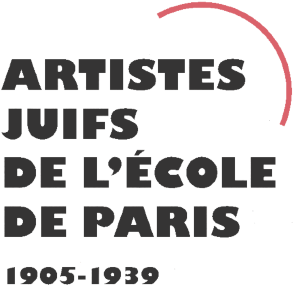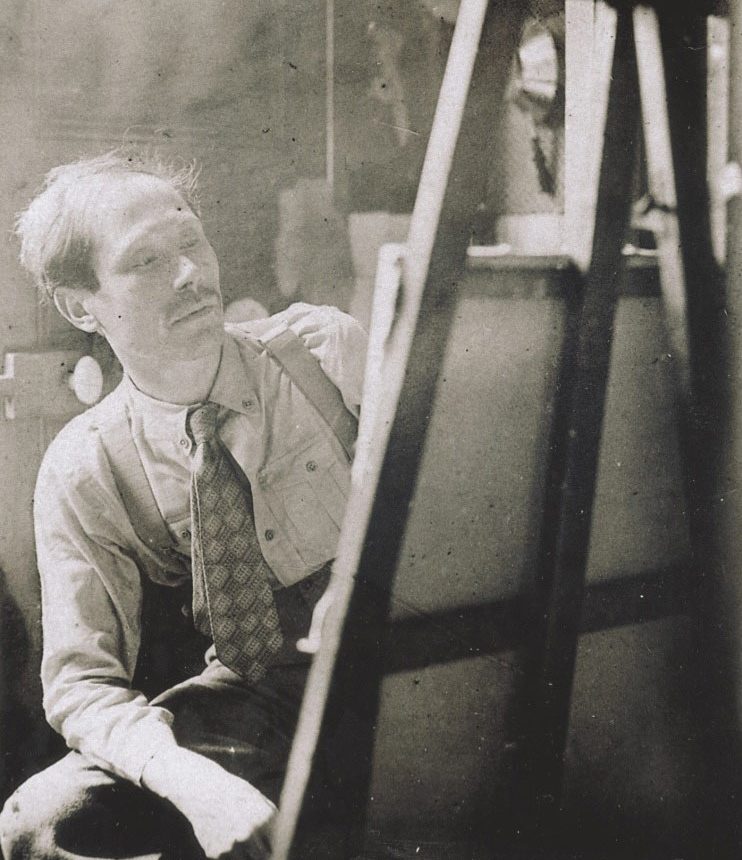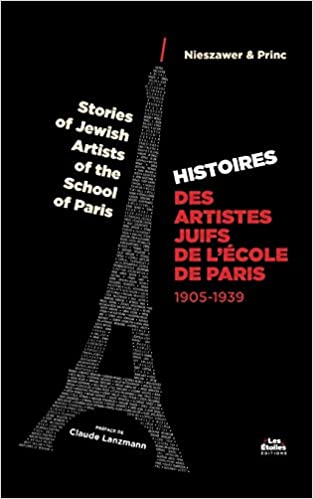Ary Arcadie LOCHAKOW
January 3, 2019Jacob MACZNIK
January 3, 2019Ossip LUBITCH
GRODNO (BELARUS) 1896 – PARIS 1990
Ossip Lubitch was born into a family of blacksmiths. He spent his youth in Odessa, where he studied at the Academy of Fine Arts for four years. In 1919, he moved to Berlin with a group of Russian artists including Pavel Tchelitchev, Jean Pougny, and Lazare Meerson , with whom he produced theater and film sets. Lubitch’s dream was to devote himself solely to painting, thus he considered leaving for Paris. In 1923, after accepting a contract to decorate a Montmartre cabaret, he moved to the French capital. There, he studied the art of the masters and understood the importance of drawing through the works of Rembrandt, Goya, and Degas.
In 1925, the sculptor Antoine Bourdelle encouraged him and introduced him to the Salon des Tuileries. In Montparnasse, Lubitch befriended Zygmund Schreter and the sculptors Irina Codreanu and Léon Indenbaum. He spent time with the music group Triton made up of young composers such as Mihalovici, Tansman, Beck, Martinu, the pianists Monique Haas and Ina Marika, and the conductor Charles Munch. In 1934, he published Cirque, an album of ten aquatint etchings, with a preface by the painter Georges Rouault.
During the war, Lubitch continued painting in his studio in rue d’Odessa in Montparnasse. In 1940, he failed to register as a Jew with the police. However, in 1944, after informers gave him away, he was arrested and sent to the Drancy internment camp. He escaped on August 18, 1944, one day after the last convoy left for Auschwitz. He bequeathed his drawings from Drancy to the Yad Vashem Holocaust Memorial in Jerusalem and to Beit Lohamei Haguetaot near Haifa. His last drawings are kept in the Holocaust Memorial Museum in Washington DC. After the Liberation, Lubitch returned to Paris, living in rue Campagne-Premiere. At this period his life changed, when he met the painter Suzanne Bouldoire, who became his wife and with whom he had a daughter, Dinah.
Stories of Jewish Artists of the School of Paris 1905-1939
FRENCH-ENGLISH
Capitale des arts, le Paris des années 1905-1939 attire les artistes du monde entier. De cette période de foisonnement, un terme est resté, celui d'Ecole de Paris, qui recouvre une grande diversité d'expression artistique. Dans ce brassage dont Montparnasse est le creuset, un groupe se distingue : celui des artistes juifs venus de Russie, de Pologne et d'Europe centrale. Si leurs styles sont variés, un destin commun les rassemble : ils fuient l'antisémitisme de leur pays d'origine. Certains ont connu la célébrité dès les années 1920, tels Soutine, Lipchitz ou Chagall. D'autres n'ont pas eu le temps ou la chance d'y accéder. Près de la moitié a péri dans les camps de concentration nazis.
From 1905 to 1939, Paris attracted artists from all over the globe as the capital of the art world. This period of artistic proliferation became known as the School of Paris, and includes a great diversity of artistic expression. Within the teeming art world centred on Montparnasse, one group set itself apart: Jewish artists from Russia, Poland, and Central Europe. Although their styles were diverse, they shared the common fate of fleeing anti-Semitic persecutions in their home countries. Some became famous in the 1920s, such as Soutine, Lipchitz, and Chagall, while others did not have the time or the luck to gain renown. Nearly half of these artists died in Nazi concentration camps.





